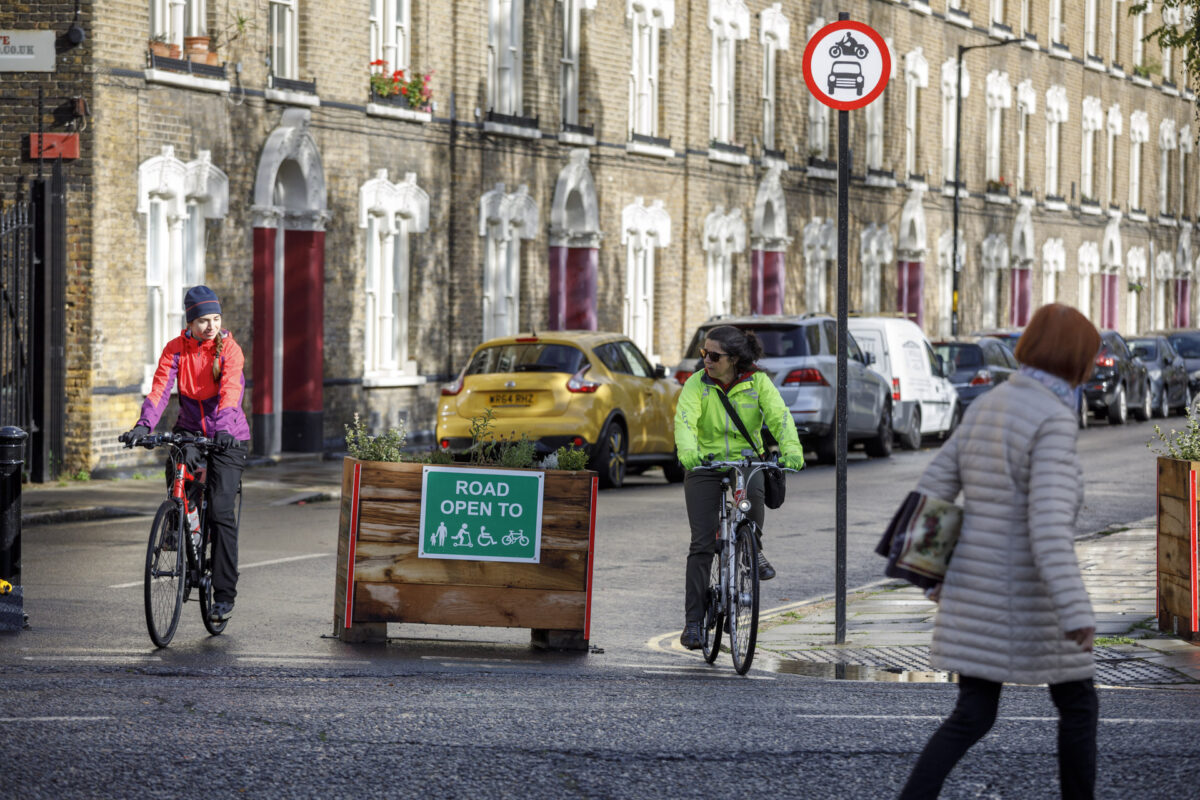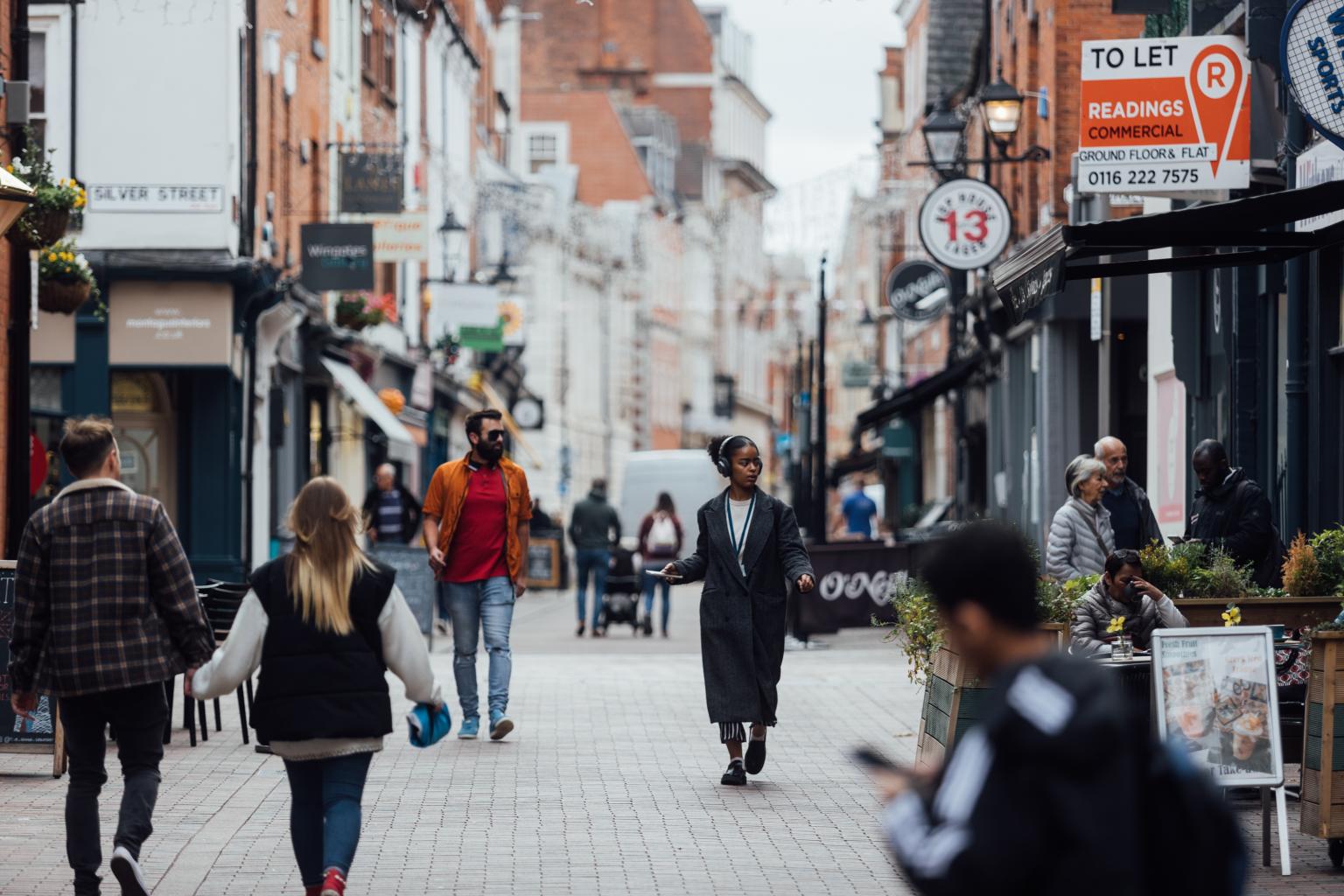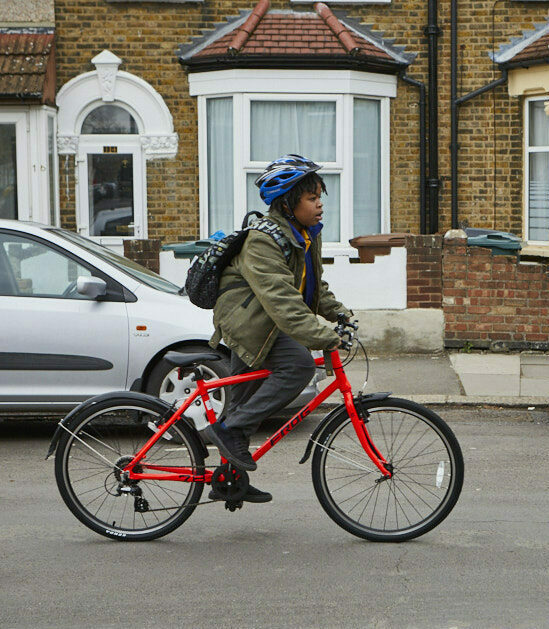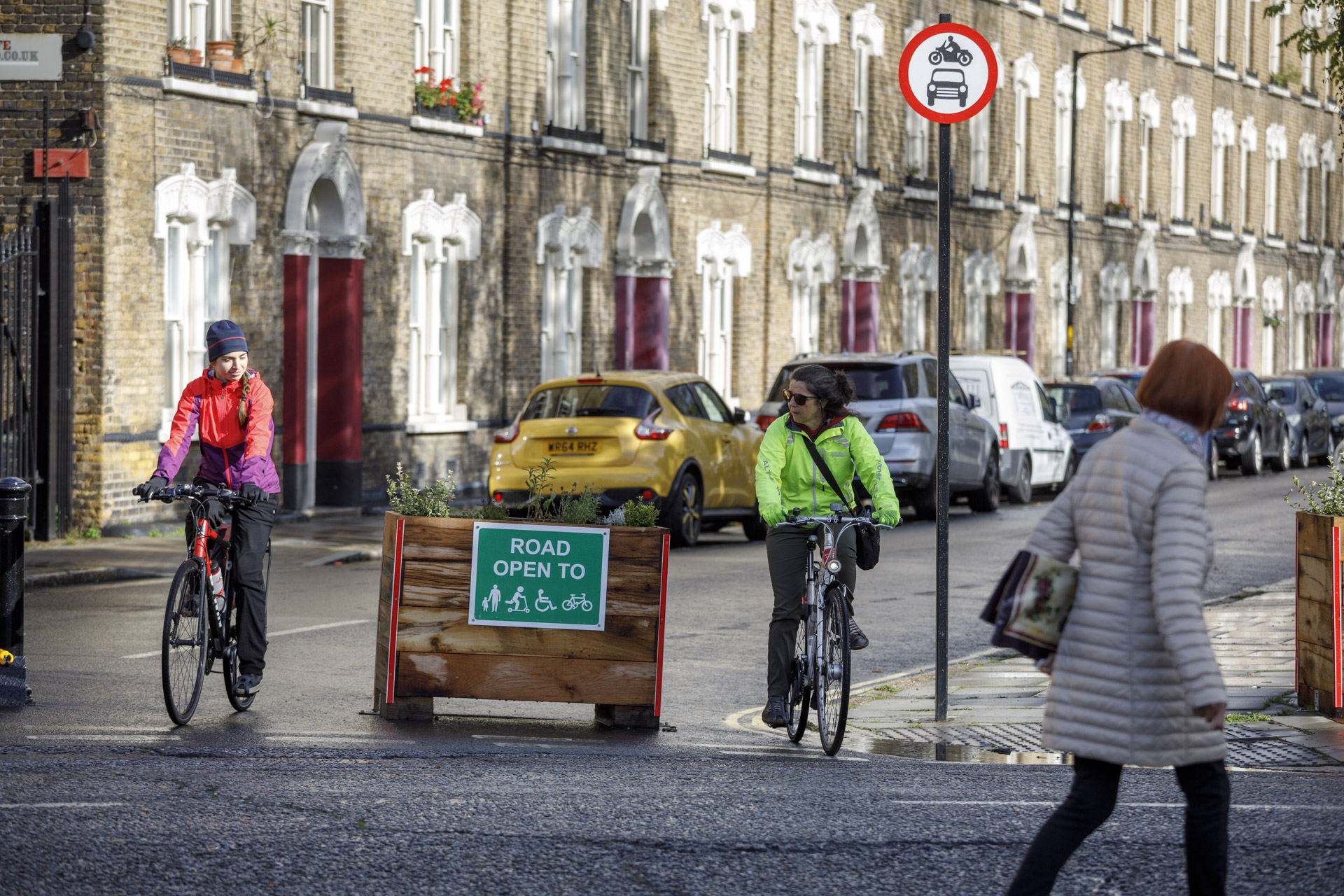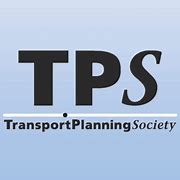Jamie Furlong, University of Westminster, will present: ‘Impacts of Low Traffic Neighbourhoods on active travel and boundary road congestion’ in Session 7, Addressing local Journeys, on day two on the Modeshift National Convention.
Low Traffic Neighbourhoods (LTNs) have sparked some of the most passionate debates in local transport – do they really make our streets safer and more active, or simply move congestion elsewhere?
In this guest blog, Jamie gives us a preview of what to expect – from the latest research findings on how LTNs are reshaping travel behaviour across London, to the bigger story about adaptation, evidence, and the power of communication in transforming everyday journeys.
Here he shares a little about what you can expect to hear.
LTN’s are area-wide schemes that aim, using modal filters (typically planters, bollards or cameras), to restrict through car traffic. The idea is simple: prevent residential streets from being dominated by rat-running motor vehicles, and instead create calmer, safer, and more pleasant environments for walking, wheeling, and cycling. At the same time, by making car journeys through an area slightly more circuitous, LTNs can tilt the balance towards more journeys being made actively.
The concept of has become a central pillar of London’s local authorities’ attempts at rebalancing streets i.e. reducing car dominance. They sit alongside wider efforts to tackle congestion, reduce air pollution, and meet climate and Vision Zero targets, but they also directly touch on everyday life: whether parents feel comfortable letting children walk or cycle to school or play on the streets, whether older residents can cross the street easily, and whether people choose the car for short local trips or not.
While local authorities have conducted monitoring and evaluation of their own LTNs, this research – as part of the NIHR-funded ‘LTNs in London’ project – is the first to evaluate the impact of multiple LTNs across Greater London on the volumes of walking and cycling. The findings are encouraging. We observe small, though statistically insignificant, increases in pedestrian numbers, and a clear, significant rise in cycling volumes. These shifts in active travel go hand in hand with a sharp fall in motor vehicle counts inside the LTN areas, suggesting that the schemes are meeting their fundamental goal: reducing car dominance and making space for more sustainable travel.
Yet, LTNs remain controversial. A common concern is that traffic removed from residential streets simply shifts onto boundary roads, creating congestion and frustration for those still travelling by car or bus. Rather than “traffic evaporation,” critics argue, LTNs may simply redistribute the problem.
To test this, we used a novel approach. By drawing on Google Directions API data, we tracked typical journey times across five LTN areas and matched control sites, applying a difference-in-differences design. In the first year after implementation, we did observe increases in average journey times on boundary roads. However, by year two and three, journey times largely returned to pre-LTN levels. This suggests that what looks like “displacement” at first may in fact be a transitional phase, with drivers adapting over time – changing routes, shifting to other modes, or rethinking the need for certain trips altogether.
This pattern matters. It highlights the importance of looking beyond the immediate disruption to the longer-term equilibrium. Policymakers should expect some short-term negatives impacts on boundary roads but recognise that these effects often ease as behaviour adjusts. Crucially, this underlines the need for robust monitoring over extended periods. Where more persistent impacts are observed, councils should be ready to target mitigation – for example, through bus priority lanes, improved crossings, or traffic calming on affected boundary routes.
Of course, evidence alone does not resolve the difficult politics of roadspace reallocation. Councillors and officers must make tough calls in the face of vocal opposition, and LTNs have become lightning rods in wider debates about climate policy, fairness and the role of the car. Here, the power of storytelling becomes vital. Data can show us that cycling volumes rose by a certain percentage, or that boundary road congestion subsided after two years. But stories, whether they be of a family choosing to cycle to the park instead of driving, or an older resident being able to safely cross the road, or children being able to play in the streets – are often what will resonate most with communities and decision-makers.
That is why conferences like the Modeshift convention are so important. It is not just a space for us to present our quantitative findings. Rather, it is one that will encourage discussion between academics, practitioners and campaigners on how to better communicate and act on this evidence. After all, if we are going to shift travel behaviour at scale, we need both robust evaluation and compelling communication.
Booking details:
Bookings can now be made at cost using the link below – but Modeshift Members get exclusive access, including one fully inclusive space as part of their membership and early bird discounts on additional tickets! Keep an eye on your inbox for your unique booking link.
National Modeshift Convention & National Travel Awards 2025


